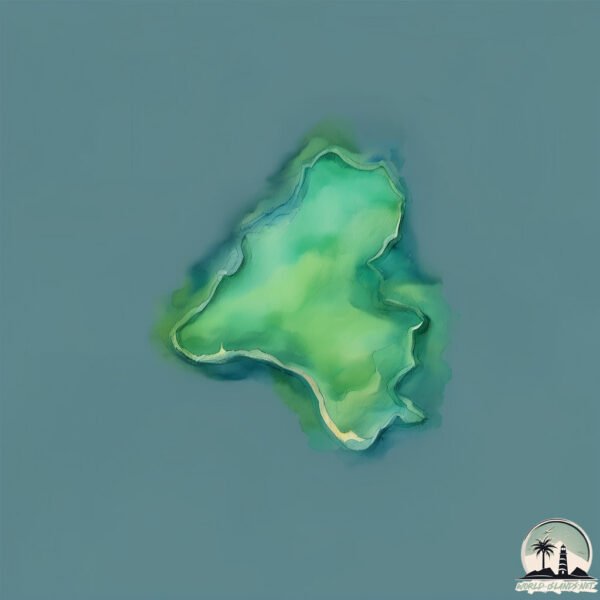Welcome to Matsu-shima , a Temperate island in the Japan Sea, part of the majestic Pacific Ocean. This guide offers a comprehensive overview of what makes Matsu-shima unique – from its geography and climate to its population, infrastructure, and beyond. Dive into the details:
Geography and size of Matsu-shima
Size: 0.979 km²Coastline: 5.6 kmOcean: Pacific OceanSea: Japan SeaContinent: Asia
Matsu-shima is a Tiny Island spanning 0.979 km² with a coastline of 5.6 km.
Archipel: Oki Islands – A group of islands in the Sea of Japan, part of Japan, known for their natural beauty, cultural heritage, and geological significance.
Tectonic Plate: Amur – A minor tectonic plate in the region of the Amur River at the border of Russia and China, involved in complex interactions with the Pacific and Eurasian plates.
The geographic heart of the island is pinpointed at these coordinates:
Climate and weather of Matsu-shima
Climate Zone: TemperateClimate Details: Humid Subtropical ClimateTemperature: Hot Summer
Climate Characteristics: With continuous rainfall and hot summers, this climate is common in some coastal regions, supporting diverse vegetation.
Topography and nature of Matsu-shima
Timezone: UTC+09:00Timezone places: Asia/TokyoMax. Elevation: 46 m Mean Elevation: 39 mVegetation: Evergreen Broadleaf ForestTree Coverage: 100%
The mean elevation is 39 m. The highest elevation on the island reaches approximately 46 meters above sea level. The island is characterized by Plains: Flat, low-lying lands characterized by a maximum elevation of up to 200 meters. On islands, plains are typically coastal lowlands or central flat areas.
Dominating Vegetation: Evergreen Broadleaf Forest
Vegetation: 3 vegetation zones – Moderately Diverse Island
Infrastructure and Travelling to Matsu-shima
Does the island have a public airport? no .
Does the island have a major port? no .
The mean population of Matsu-shima is 64 per km². Matsu-shima is Gently Populated. The island belongs to Japan .
Continuing your journey, Nakano Shima is the next notable island, situated merely km away.
Error 403 The request cannot be completed because you have exceeded your
quota . : quotaExceeded
Japan is classified as Developed region: G7: Group of Seven – Major advanced economies, including Canada, France, Germany, Italy, Japan, the United Kingdom, and the United States. The level of income is High income: OECD.
News – Latest Updates and Headlines from Matsu-shima
Stay informed with the most recent news and important headlines from Matsu-shima. Here’s a roundup of the latest developments.
Loading...
Please note: The data used here has been primarily extracted from satellite readings. Deviations from exact values may occur, particularly regarding the height of elevations and population density. Land area and coastline measurements refer to average values at mean high tide.

